[et_pb_section fb_built=”1″ admin_label=”section” _builder_version=”3.22.3″][et_pb_row admin_label=”row” _builder_version=”3.25″ background_size=”initial” background_position=”top_left” background_repeat=”repeat”][et_pb_column type=”4_4″ _builder_version=”3.0.47″ custom_padding=”|||” custom_padding__hover=”|||”][et_pb_text _builder_version=”3.25.3″ background_size=”initial” background_position=”top_left” background_repeat=”repeat”]
Businesses where daily workplace operations take place in equipment-heavy industries such as oil and gas, mining, rigging, construction, and aviation handle challenges of tracking and monitoring their asset movement deployed outdoors. This is followed by the critical task of handling regular maintenance history, assessing damage, delays, etc. of where assets are moved. Scheduled activities such as preventive maintenance (PM) tasks that are based on operational time, calendar days, or meter values need to be systematically drafted and adhered to. Further, many organizations also struggle to maintain high-performing equipment which results in losses of millions of dollars in lost production and unnecessary ad-hoc maintenance expenditures. Further businesses in this niche encounter-
- Various unreported damages, vandalism, and burglary of machinery on site.
- Cumbersome manual tracking and inaccurate assessment of damage/wear and tear.
- Lack of visibility in optimal usage and deployment of assets on the field and no tab on time lapses.
- Greater response times to queries to customers concerning progress, completion, etc.
- Higher capital and working costs and slower returns on investment
Addressing the mentioned challenges begins with the implementation of an asset management system, a system that has been successful in facilitating many organizations in saving a lot of money and reducing notable administrative manpower. Asset Management System is a set of best practices that involves the identification, discovery, procurement, management, monitoring, and disposal of all assets in the organization. The key feature of an asset management system is its centralized data made available through the software s mobile app which makes it convenient to check and update information on the go.
“The global digital asset management market reached a value of US$ 3.4 billion in 2019. Looking forward, the market is anticipated to reach US$ 8.5 billion by 2025, registering a CAGR of 16.5% during 2020-2025”-Globenewswire.
The above figures just go on to substantiate the demand for implementation of an asset tracking software implemented by businesses belonging to this niche. Further, the application helps-
- With adequate asset inventory control mechanisms.
- In tracking asset deployment.
- With control of access and security of the equipment.
- Closely monitor operations across sites.
- In improving asset efficiency and maintenance.
- With aesthetics and scope for integrations with other applications
- Ensure regulatory compliance.
What is Pedigree OneView Asset tracking software?
OneView Asset Tracking platform is a web-based software application developed by award-winning Pedigree technologies. All of their solutions work via the OneView platform, a commercial GPS tracking solution used to track, monitor, and manage trailers, generators, and other mobile assets that enable complete visibility into operations, helping businesses make informed decisions. The data gathered and displayed by the application helps businesses to manage vehicles, equipment, and workers from anywhere and on any device.
Given the current pandemic circumstances, data collected from the asset is shared on the OneView platform; enabling home office resources to stay informed on the location of equipment and obtaining easy access to all critical data needed on a single screen.
The need to integrate an asset tracking software (Pedigree OneView) and Salesforce–
For optimal tracking of on-field assets and equipment, businesses require an integrated environment where this application joins hands with a robust CRM. This successful relationship between two leading dynamic applications provides businesses with a lot more detailed insights into moveable asset and equipment performances. Establishing interoperability between an asset management platform and customer relationship management (CRM) software such as Salesforce offers businesses seamless access to information in an otherwise challenge ridden industrial assets, automobiles, machines and the fleet management sector.
The most noteworthy benefit of having these two systems work together in tandem translates to businesses being able to leverage their Salesforce system by powering it with specialized asset management workflows. This can thus drive businesses to better manage their assets, whether they are fleet based or stationary, by operating with a more planned route that drives better performance and increased profits in the long run.
Businesses can thus derive solutions such as-
- Determining the asset location with near real time information (location is updated to the last five minutes) using an interactive map (Leaflet JS).
- View historical usage of the asset in the Salesforce dashboard. (up to last four locations).
- Monitor multiple assets with GPS coordinates on a map thus enabling comprehensive end-end fleet management.
- Lightning component on Salesforce community- Tracking assets is made easy even for stakeholders, partners and customers by providing visibility through a Salesforce Community. This gives better oversight and transparency.
- Help make informed decisions on moveable asset management.
- Preparedness to handle mishaps or unforeseen demands.
Why Choose AppShark?
AppShark has successfully helped integrate Pedigree asset management with Salesforce for leading trucking services behemoth based in the USA and helped them achieve greater visibility in tracking and monitoring their moveable assets deployed in various neighborhoods in the region. Further-
AppShark is both a Salesforce Gold Consulting Partner and a Product Development Partner based in Dallas, Texas. Our implementation process which includes customization, set up, and configuration – has been perfected through the many years served in the Salesforce industry. Our software integration services including strategy, development, and management to enable a continual flow of information from the cloud, premise to premise, or from cloud to premise platforms.
[/et_pb_text][/et_pb_column][/et_pb_row][/et_pb_section]



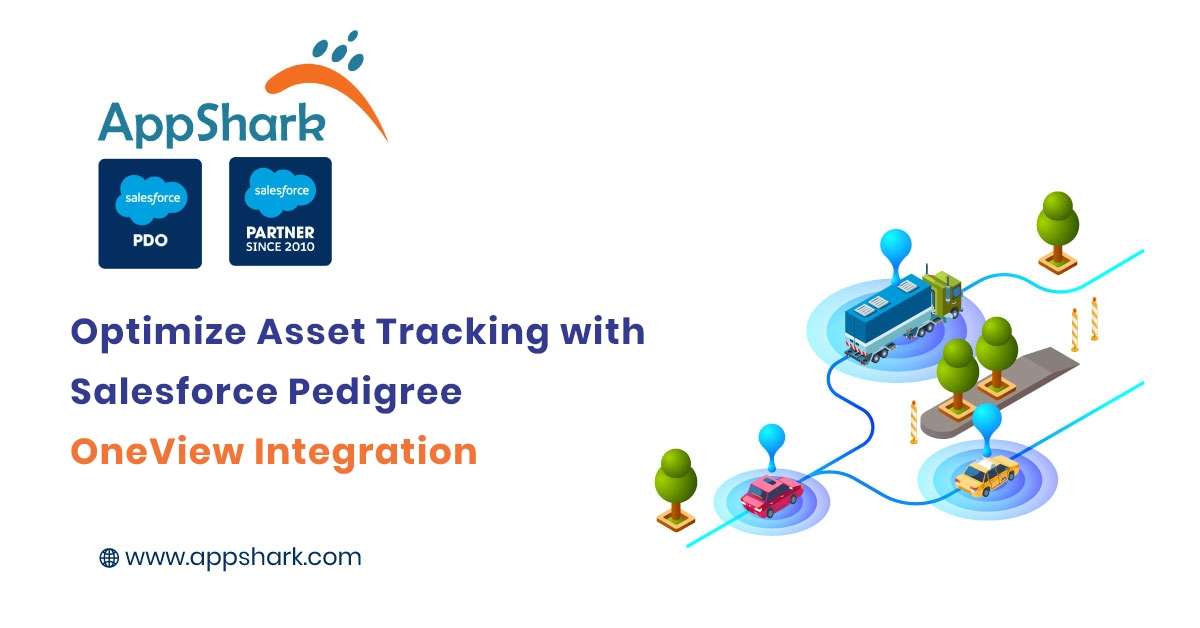

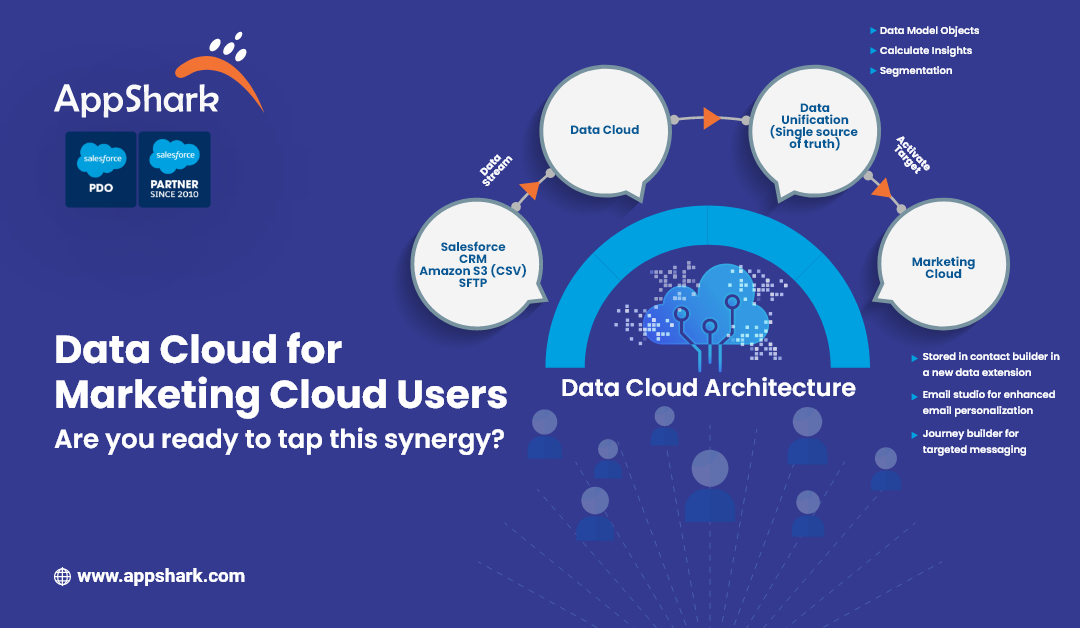
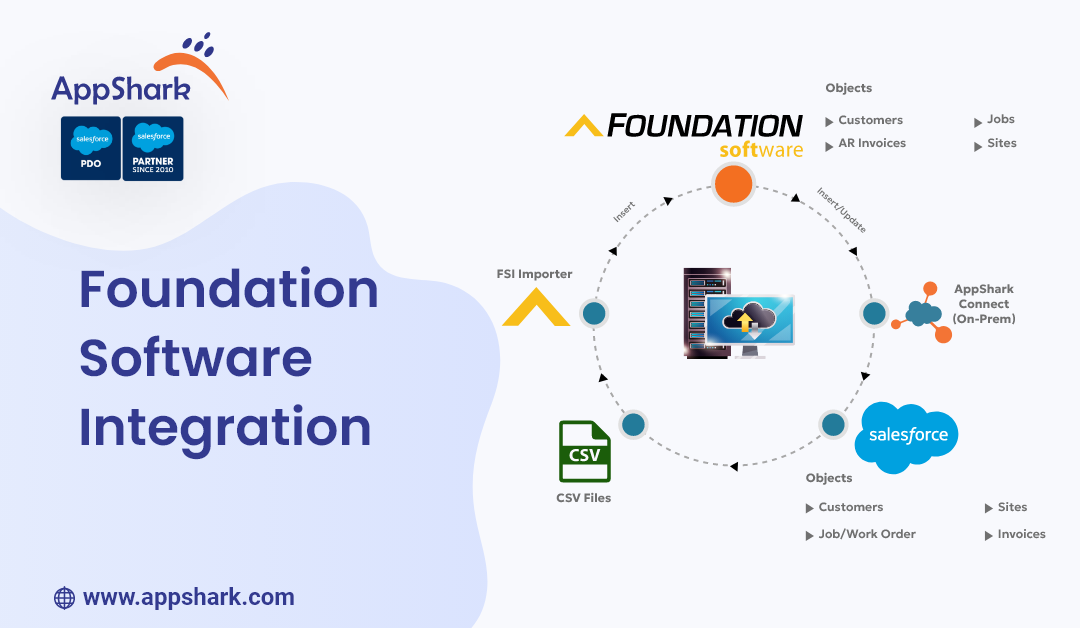
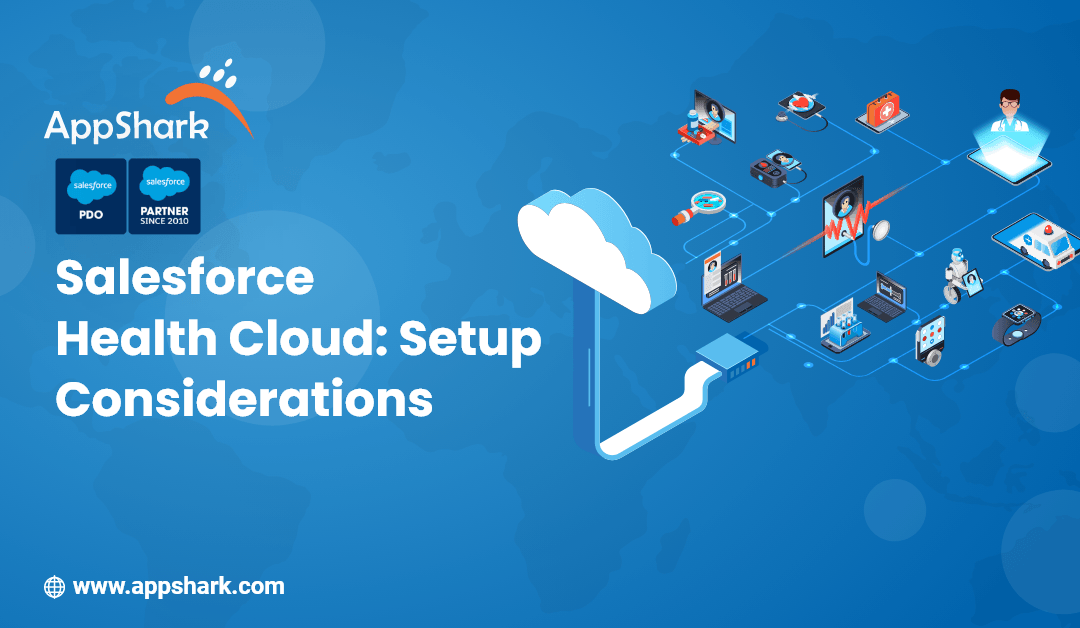
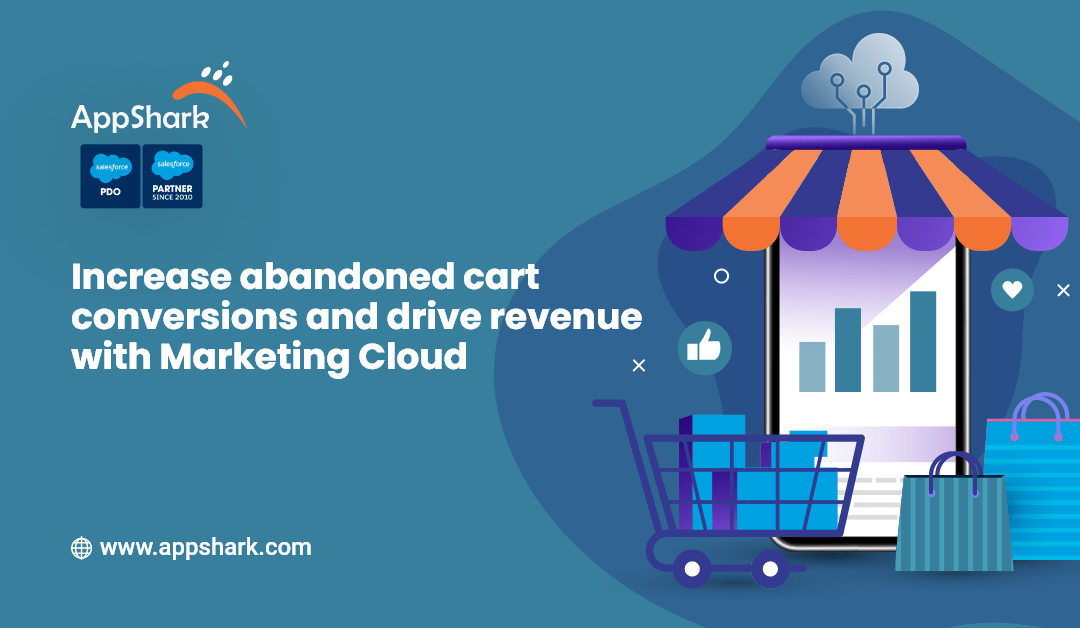
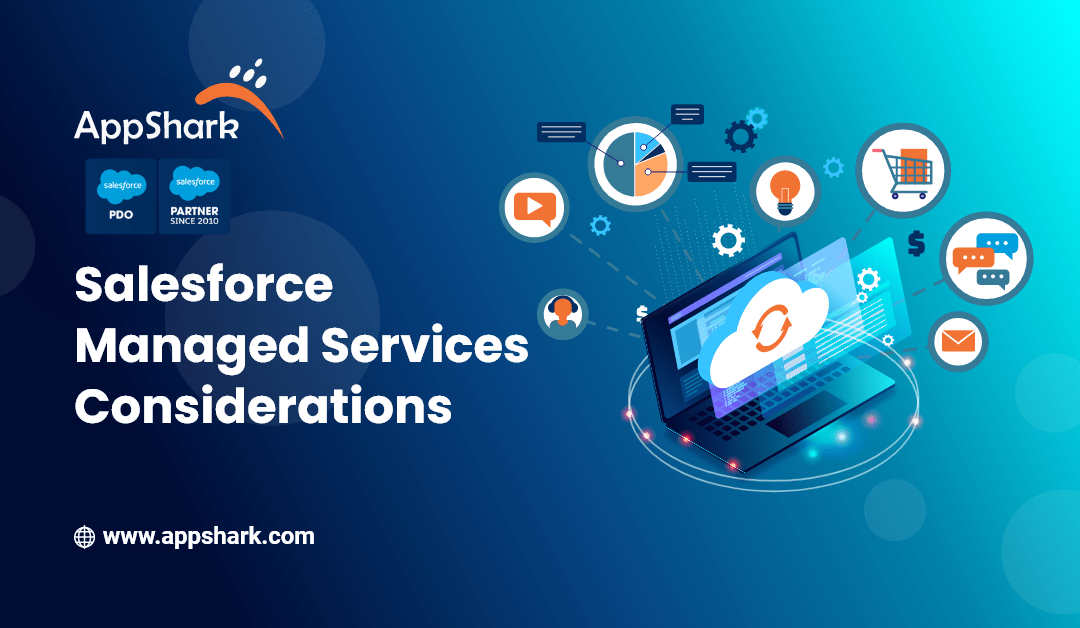
Comments: